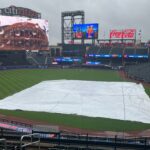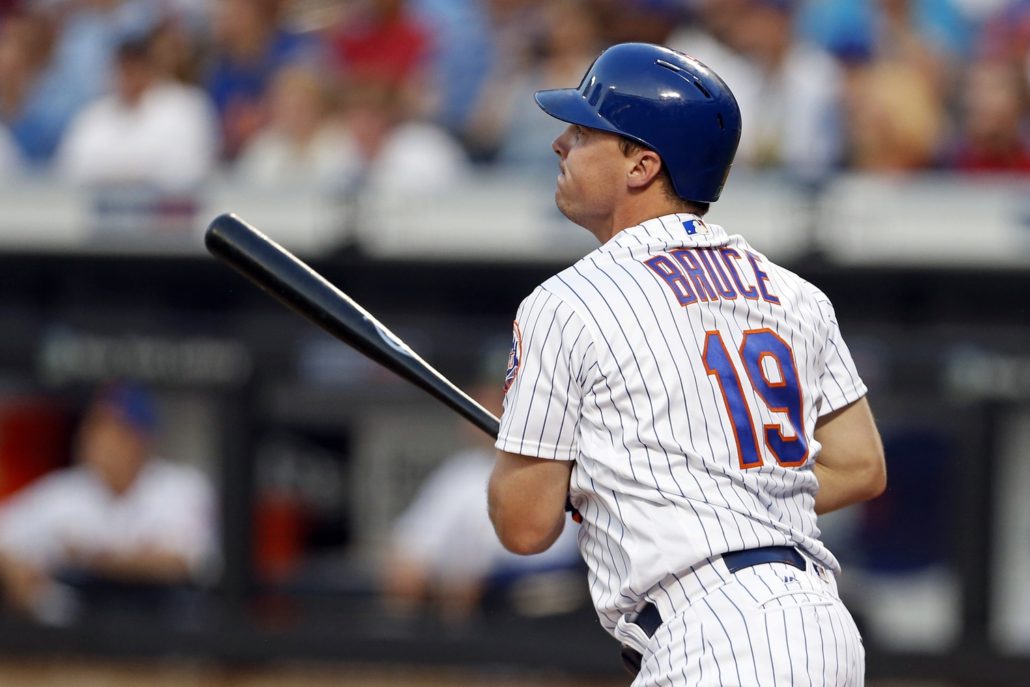
Regardless of Giancarlo Stanton being traded to the rival New York Yankees this morning, let’s take a step back.
The Mets still have work to do this offseason, and while they ultimately won’t land someone of Stanton’s caliber, they are going to make several moves to help solidify their roster.
Yes, the team is coming off a plethora of injuries, but they have a lot of talent on their roster. Coupled with some external acquisitions and they can get themselves back on track.
Joe D. kicked us off with his offseason plan on Thursday, with Michael Mayer following up with his on Friday.
Our guidelines are that we must stick to a budget in the $30-35 million range given what we’ve heard the Mets could spend. We used both MLB Trade Rumors and Jon Heyman’s free agent predictions to come up the contracts for each player.
Without further ado, here is my thought process on what the Mets should do with their limited budget.
Offseason Plan No. 3 – Rob Piersall
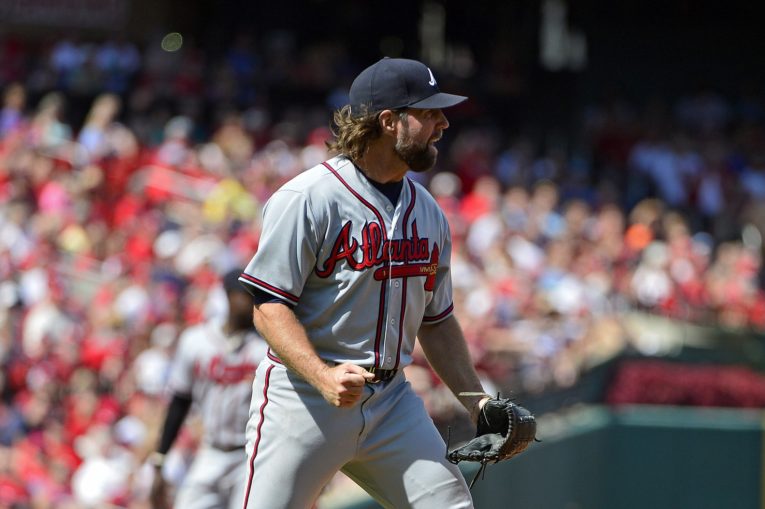
Rounding Out the Rotation
Mets general manager Sandy Alderson has said recently that he doesn’t expect to add another starting pitcher into the fold in advance of the season. Instead, he will rely on the returning arms to hold down the fort.
While the team does have a lot of options in the rotation, they saw all that fall by the wayside this past season. Pitching is precious, and 2017 showed New York just how true that really is.
With that being said, bringing in an external arm on a short-term pact is of utmost importance.
Like my colleague Michael Mayer said, even if the Mets do sign a starter, it’s highly unlikely they sign someone in the upper groups like Jake Arrieta, Yu Darvish, Alex Cobb and Lance Lynn.
A couple names that I think the Mets should keep tabs on are R.A. Dickey and Jason Vargas.
Despite Jacob deGrom who tossed 200 innings for New York this season, no other starter was able to stay healthy for the entirety of the season. With Atlanta, Dickey started 31 games and fired 190.0 innings, while recording a 10-10 record with a 4.26 ERA, 4.72 FIP and 1.368 WHIP.
This is a far cry from his Cy Young season with the Mets in 2012 where he went 20-6 with a 2.73 ERA and 3.27 FIP while punching out 230 batters. However, Dickey would provide stability to the team and give them an innings eater type pitcher which they so desperately need.
The Braves declined his $8 million option for 2018 after he earned $7.5 million this past season. I doubt he is searching for anything more than a one-year deal. Let’s go ahead and say the Mets will give him $7 million.
As for Vargas, MLB Trade Rumors has him inking a one-year deal for $10 million. However, he had a 6.66 ERA in his final 16 starts and is turning 35 in February.
The combination of these factors leads me to believe he could sign for less. I’d put him in the Dickey range of $6 and $7 million.
The former would be my first choice for the rotation, but Vargas could be an option if it’s late in the offseason and the Mets are still without a starter.
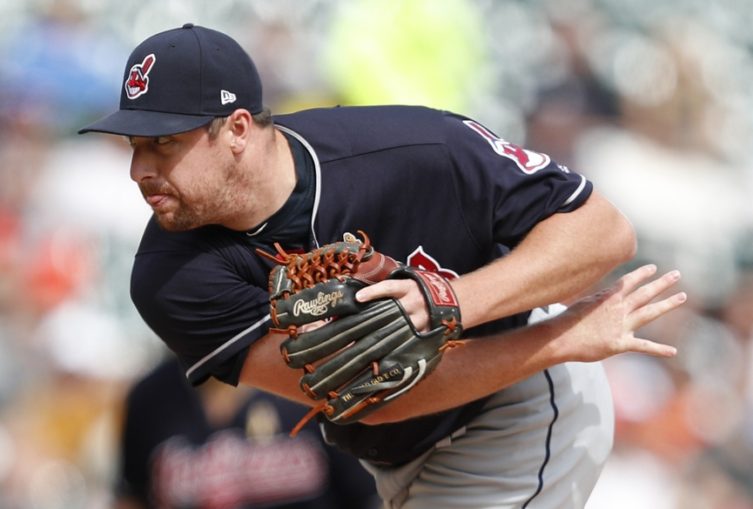
Bolstering the Bullpen
Early reports this offseason had the Mets extending a multiyear contract to Bryan Shaw, who has been a reliable piece in the Cleveland Indians bullpen over the last five seasons.
He appeared in at least 70 games in each of his years with the Tribe, including 79 last year where he also registered a 3.52 ERA, 2.96 FIP, 1.213 WHIP and 130 ERA+ over 76.2 innings pitched.
No one has appeared in more games over the last half decade than Shaw’s 442. He’s not a flashy reliever and doesn’t throw straight gas, but hasn’t had an ERA over 3.52 in his career.
He is also familiar with Mets new skipper Mickey Callaway, who previously served as Cleveland’s pitching coach.
MLB Trade Rumors has Shaw signing a three-year, $21 million deal, which I believe is in line with what the Mets likely offered him.
Shaw would be a nice acquisition to help solidify the back end of New York’s bullpen and would complement Jerry Blevins, AJ Ramos and Jeurys Familia nicely.

Bringing Bruce Back to Flushing
Reports from last week had Jay Bruce and the Mets both interested in a reunion. This has gotten a lot of flak because he’s not a perfect fit.
However, I think Bruce brings an aspect to the team that is sorely needed: A veteran presence who can give you 30 home run power while being able to mentor the young guys.
What I admired most about Bruce during his tenure with New York was his ability to handle the media. Through thick and thin, good and bad, he would talk to them in an even keel and respectful way.
This is a young team now. A majority of the veteran guys they have had in the locker room in the past few seasons were traded away in July and August.
Reports surfaced earlier this month Bruce was seeking a five-year deal in the $90 million neighborhood, but with more of an emphasis put on pitching, I doubt a team doles out that big of a contract for him.
Jon Heyman has Bruce signing a three-year, $36 million deal, which I believe is more in line with the deal he will ultimately receive.
Between the Mets and Indians in 2017, he hit .254/.324/.508 with 36 homers and 101 RBI. This would help replenish the power they lost during the season via trades and would give the team a bonafide middle of the lineup hitter.
With Michael Conforto‘s Opening Day status up in the air, the team does need an outfielder. Especially when you consider the only three locks for the outfield right now are the oft-injured Juan Lagares, Brandon Nimmo and Yoenis Cespedes.
Additionally, Bruce could help provide stability at first base and slot in there when Dominic Smith needs a day off.
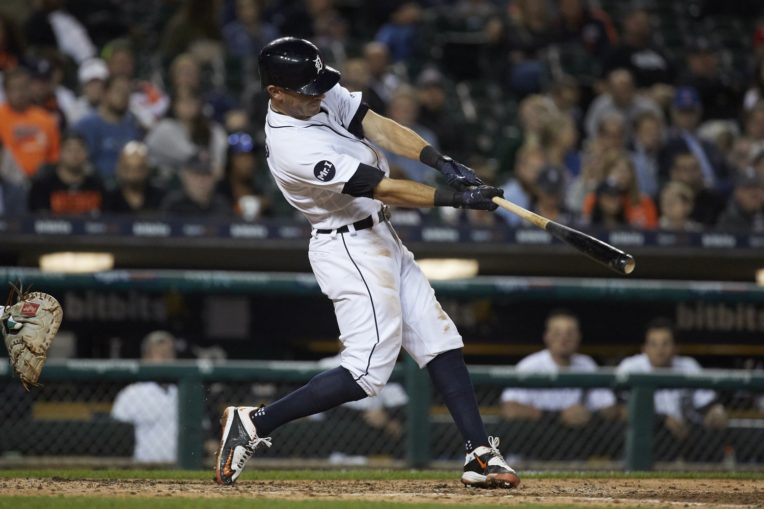
Fortifying the Keystone
Ian Kinsler is a name that has surfaced as a potential trade target for the Mets and one that can be had on just a one-year commitment.
This past year, Kinsler managed to hit just .236/.313/.412 with a 91 wRC+ and .313 wOBA, but still clubbed 22 long balls and drove in 52 runs in 613 plate appearances.
However, his advanced metrics show that there is still reason to believe he can get back on track next year. Kinsler set a career high hard hit rate at 37 percent in 2017, while his line drive rate (20.6), strikeout rate (14.0) and base-on-balls rate (9.0) are still in line with his overall career marks. Additionally, his average suffered from a career low .244 BABIP.
The 35-year-old has also proved to be durable throughout his career, appearing in at least 130 games from 2011 through this past season.
Among second basemen the last four seasons, Kinsler ranks fourth in games played (599), fourth in hits (676), 14th in average (.275), fifth in home runs (76) and third in RBI (294).
Despite not having his best year at the plate, Kinsler still had a traditionally solid year in the field.
In 1137.1 innings this past season, Kinsler was good for 6 defensive runs saved and had a 6.1 UZR. He’s also adept at turning a double play, which can help the pitching staff in addition to steadying Amed Rosario at shortstop, who sometimes suffers on routine plays.
With Rosario and Kinsler holding down the middle infield and former Gold Glove winner Juan Lagares in center, it could really help tighten up the defense and benefit the pitching staff, which this team is ultimately going to rely on to bring them back to the promised land.
On a one-year deal, I think it’s absolutely worth the Mets taking a flyer on him. He has $11 million left on his contract and if the Mets absorb most, if not all of it, I doubt they have to gut their farm system even further to acquire his services.
Final Tally
Key Acquisitions: R.A. Dickey (1 year, $7 million), Bryan Shaw (3 years, $21 million), Jay Bruce (3 years, $36 million), Ian Kinsler (1 year, $11 million).
Total Cost: $35-$37 Million






